This article was originally published on TechRadar - All the latest technology news
The most common question people ask when buying their first DSLR is whether to side with Canon or Nikon. Indeed, even more experienced photographers tied to one system often think about what they would gain by switching sides.
The fact is that both companies make excellent DSLRs. Nevertheless, at any given point they each have slightly different offerings on the market, and so it follows that some models will be better suited to your specific needs than others.
To that end, we’ve rounded up the main DSLRs currently available from the two (bar the most senior models designed for professionals) and compared them with their rivals in the same price bracket.
Whether you’re a photographic novice looking for your first camera, an enthusiast keen on exploring a range of options or a more advanced user looking for a full-frame powerhouse, read on to get the best idea of what your money gets you.
Canon vs Nikon: Entry-level DSLRs
If you’ve got up to £500/$500 or so to spend on your first DSLR, you’re very much spoilt for choice. Not only do you have a raft of brand new models to consider, but there are also many older ones that manufacturers typically subject to discounts and cashback offers to hook you into their system.
Currently, the cheapest options are the Canon EOS 1300D (known as the EOS Rebel T6 in the US) and Canon EOS 200D (know as the EOS Rebel SL2 in the US), as well as the Nikon D3300 and the newer Nikon D3400.
Canon EOS 1300D / EOS Rebel T6
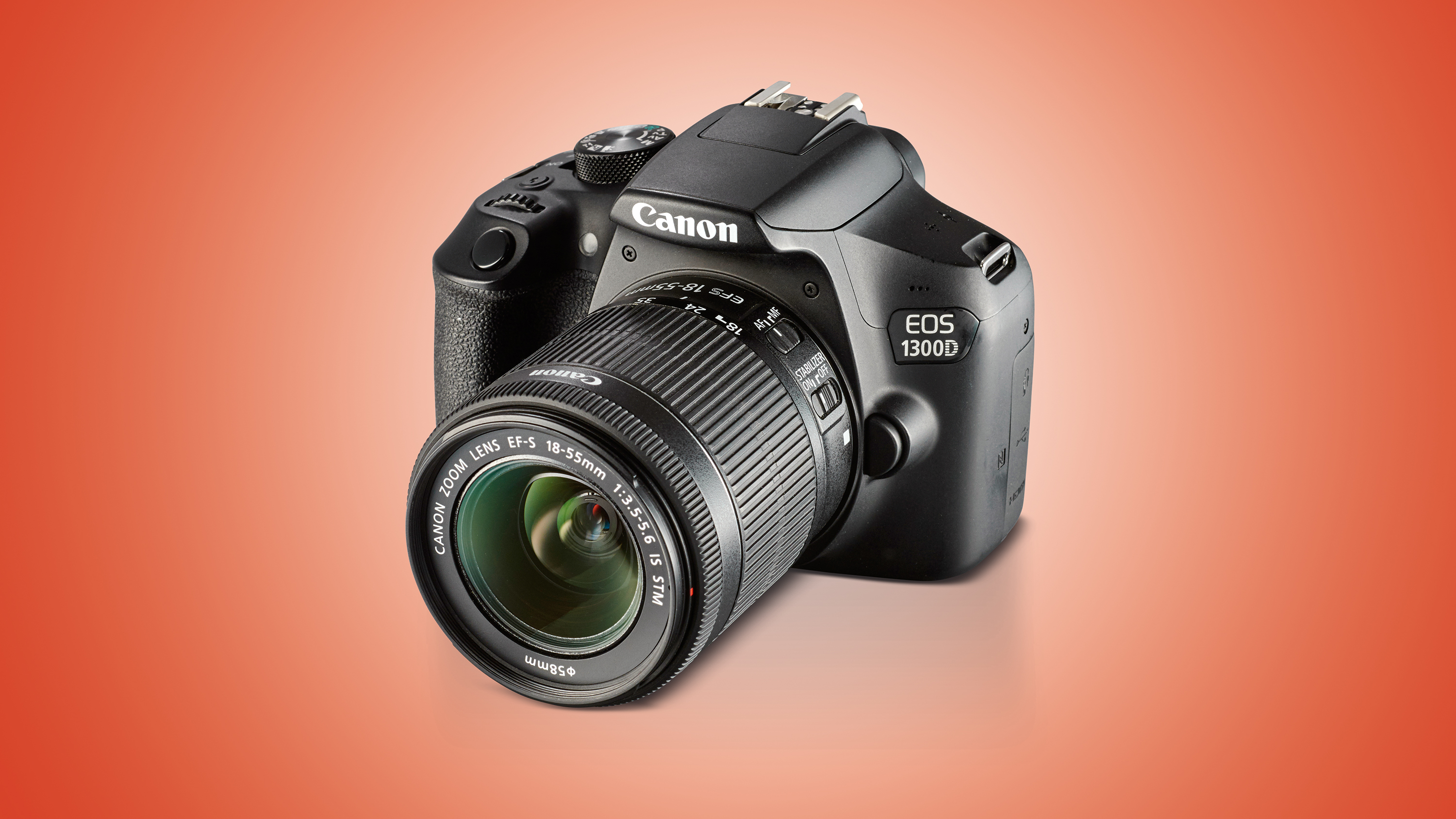
Canon EOS 200D / EOS Rebel SL2

For example, both the D3300 and D3400 have 24MP sensors and can shoot at 5fps, and each is furnished with an 11-point AF system. By contrast, the EOS 1300D / EOS Rebel T6 has a 18MP sensor and can only shoot at 3fps, while there’s a 9-point AF system featured. The EOS 200D / EOS Rebel SL2 is the newest camera out of the four and features Canon’s latest 24.2MP sensor, though it sticks with a similar 9-point AF system. Not huge differences, and potentially not too important for those just wanting to get started, but something to consider nonetheless.
Nikon D3300
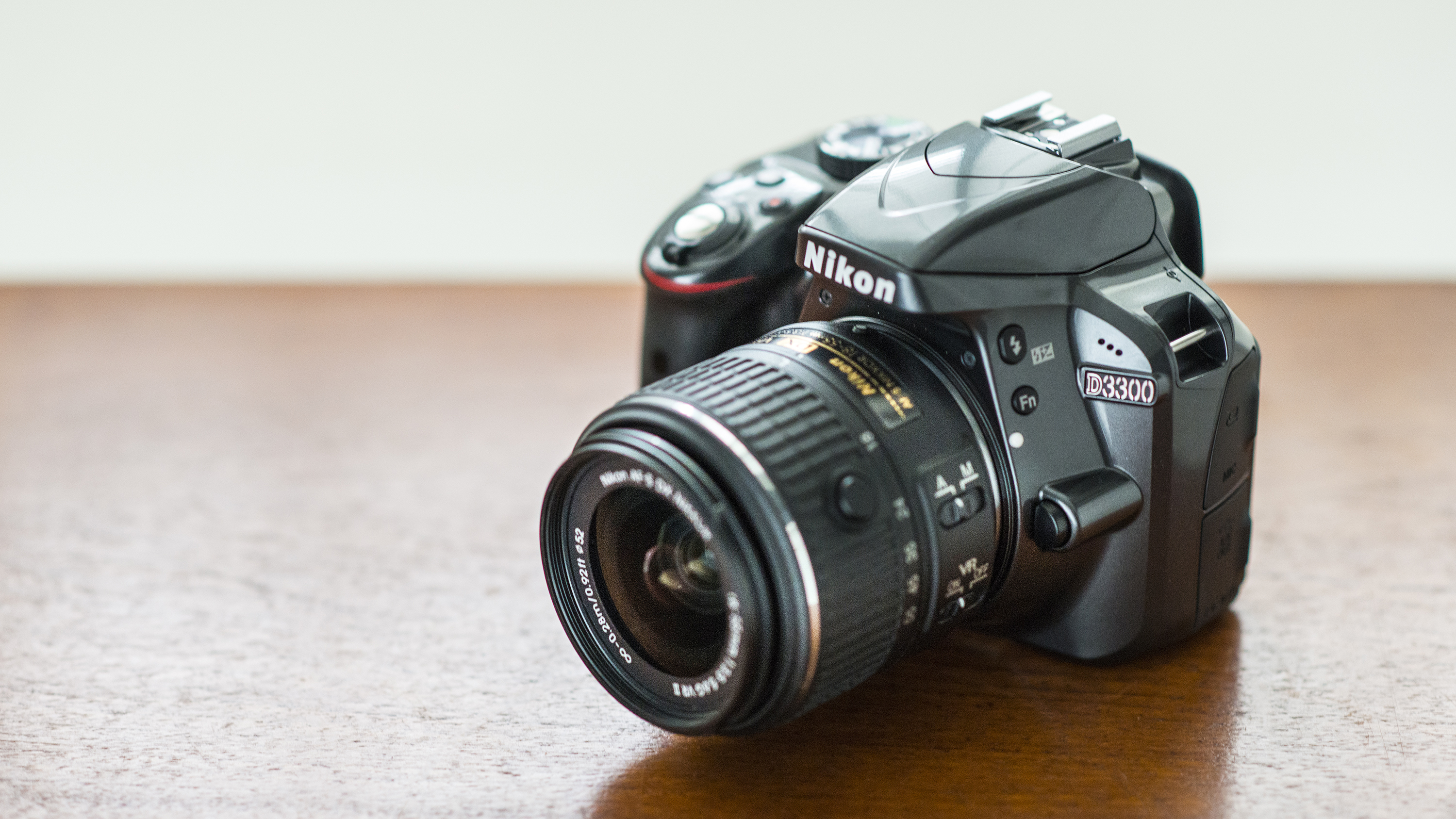
Nikon D3400
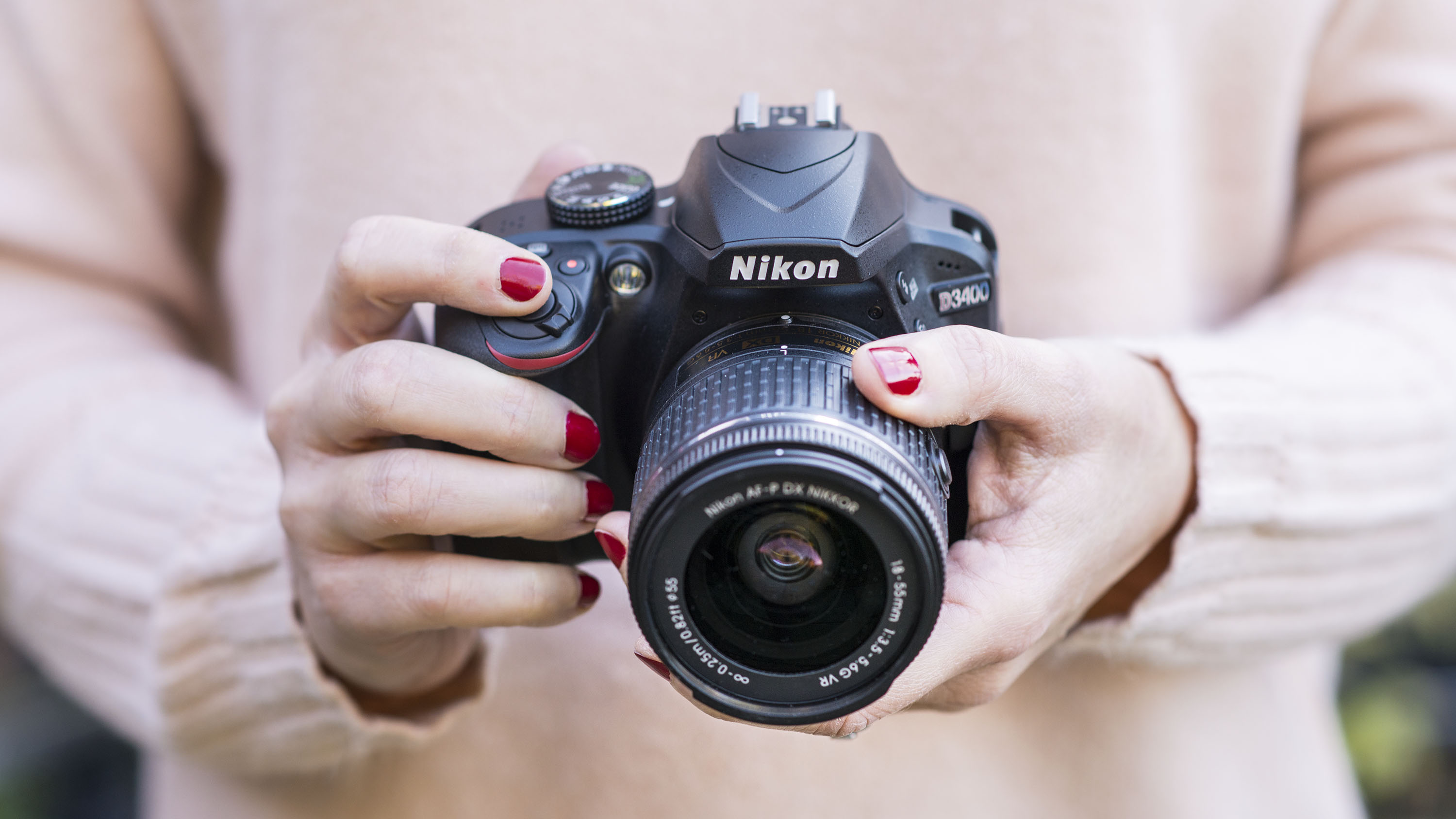
Nikon’s D3400 isn’t a significant upgrade over the D3300, and the fact that it doesn’t offer automatic, built-in sensor cleaning places it at a disadvantage to the others. Being quite new also means that it doesn’t offer quite the same value as its competitors either, but the price has dropped quite a bit since its launch last year.
While our review of the D3300 noted that some may prefer a broader range of physical controls, that camera is perhaps the strongest model out of the quartet. If, however, you’re on a tighter budget the EOS 1300D might just be a better option for you.
If you’ve got a little more to spend you’ve got perhaps even more choice. From Canon you’ve got the Canon EOS Rebel T5i (known as the EOS 700D outside the US), Canon EOS Rebel T6i (EOS 750D), Canon EOS Rebel T7i (EOS 800D) and the EOS 77D.
From Nikon, there’s not quite the same amount of models to pick from, but the Nikon D5300 and Nikon D5600 are still very strong contenders.
Canon Rebel T5i / EOS 700D
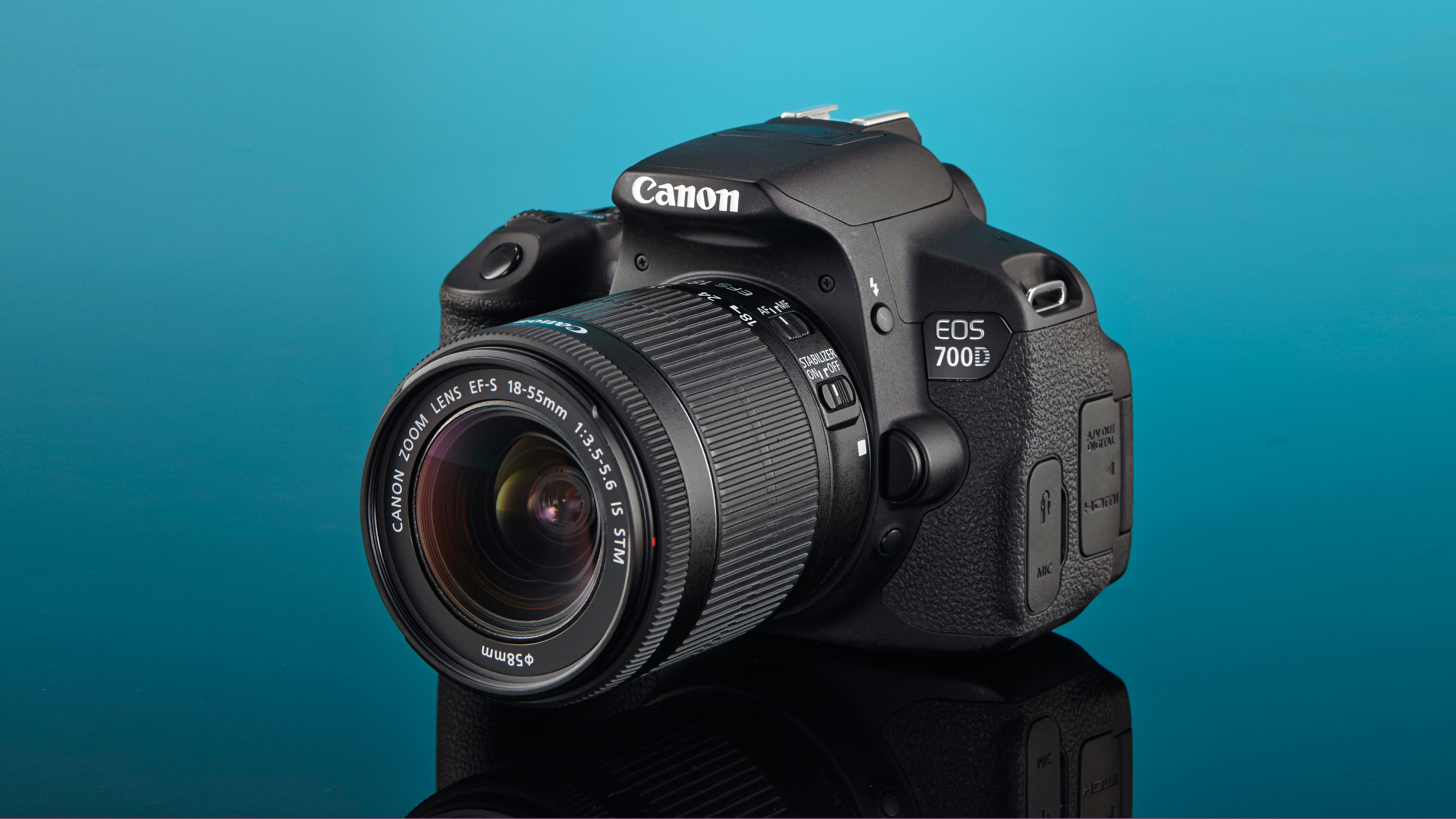
Canon EOS Rebel T6i / EOS 750D

Canon EOS Rebel T7i / EOS 800D
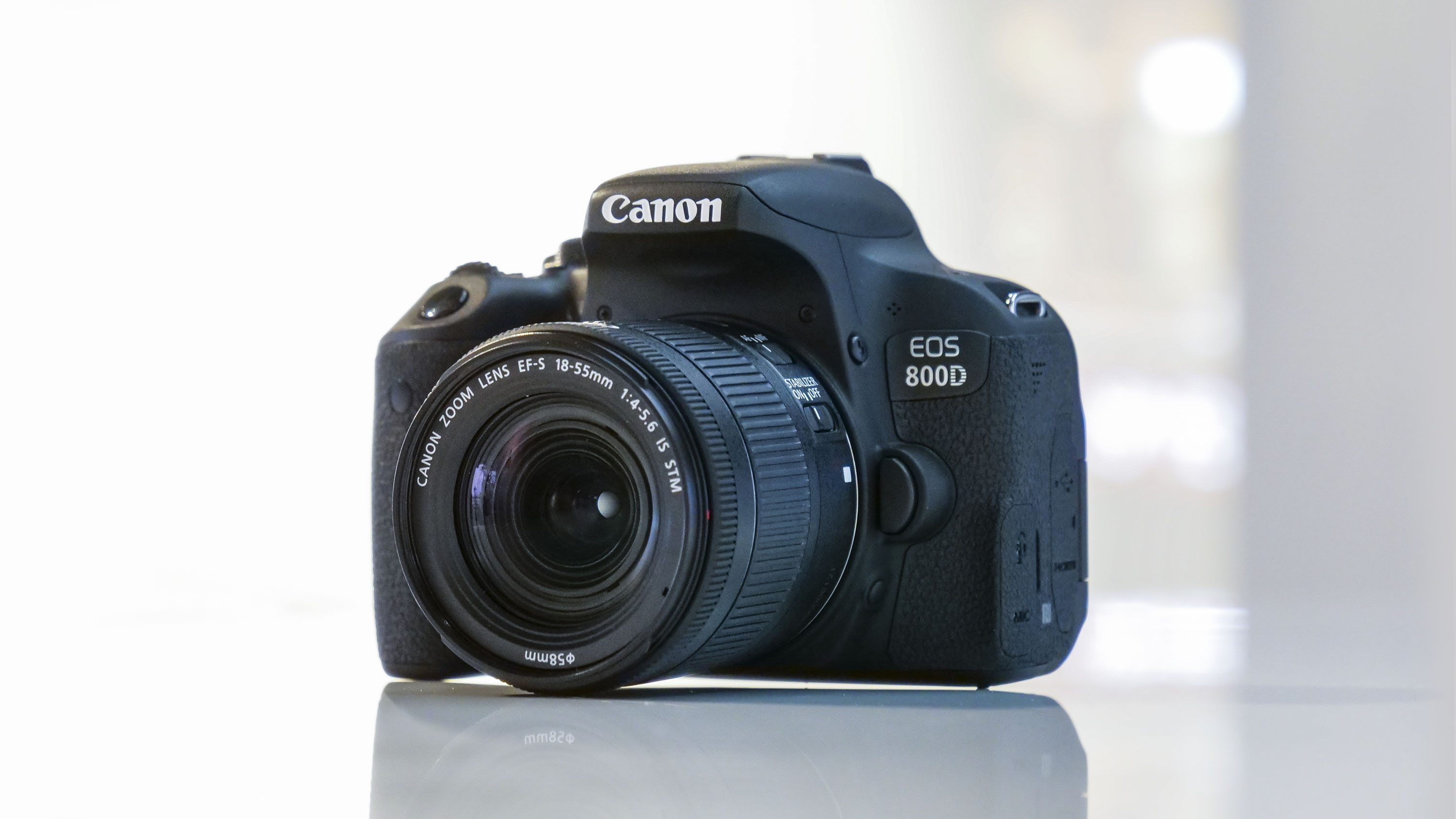
Starting with the EOS Rebel T5i / EOS 700D, the main differences between this model and its cheaper siblings (the EOS Rebel T6 and EOS SL1 on the previous page) include a touchscreen LCD that you can pull away from the camera, as well as a hybrid AF system that keeps focusing during video recording.
It also shoots at a slightly faster 5fps but offers the same 18MP sensor resolution as the more junior models. When we came to review the camera, we praised its image quality and loved the flexibility of its LCD, even if the touchscreen means of operation meant that it easily attracted fingerprints.
The EOS 700D is quite a bit cheaper than the Nikon D5300, although the D5300 has many advantages. These include a 24.2MP sensor with no low-pass filter, a 39-point AF system, a larger 3.2in LCD screen (though there’s no touchscreen functionality) and Wi-Fi built into the body.
Collectively, this adds up to a much better proposition, although it doesn’t have a touchscreen, which may be a deal-breaker. We weren’t so crazy about the D5300’s AF speeds in live view when we reviewed the camera either, although we were otherwise left with positive impressions.
Nikon D5300
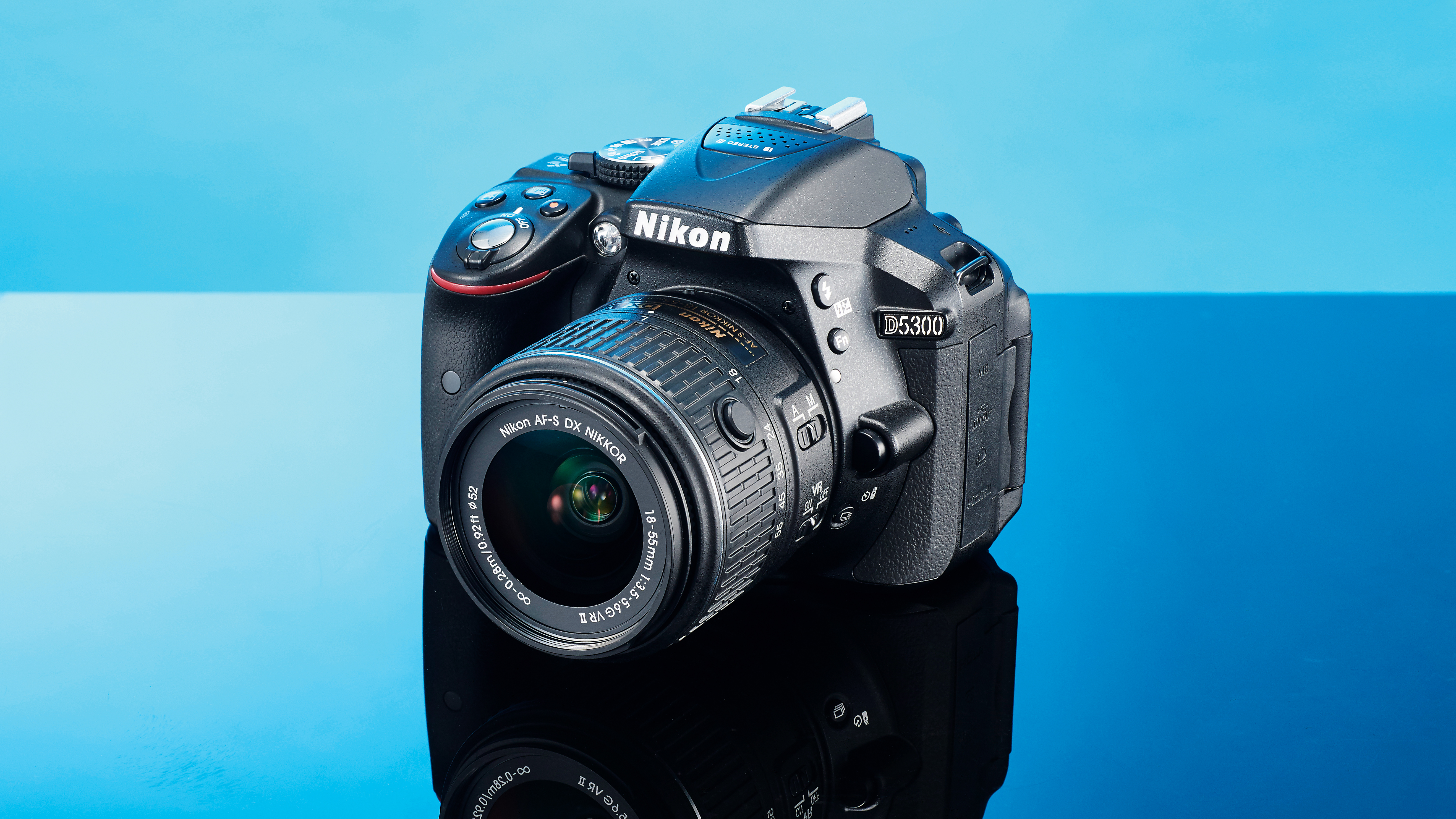
Nikon D5600
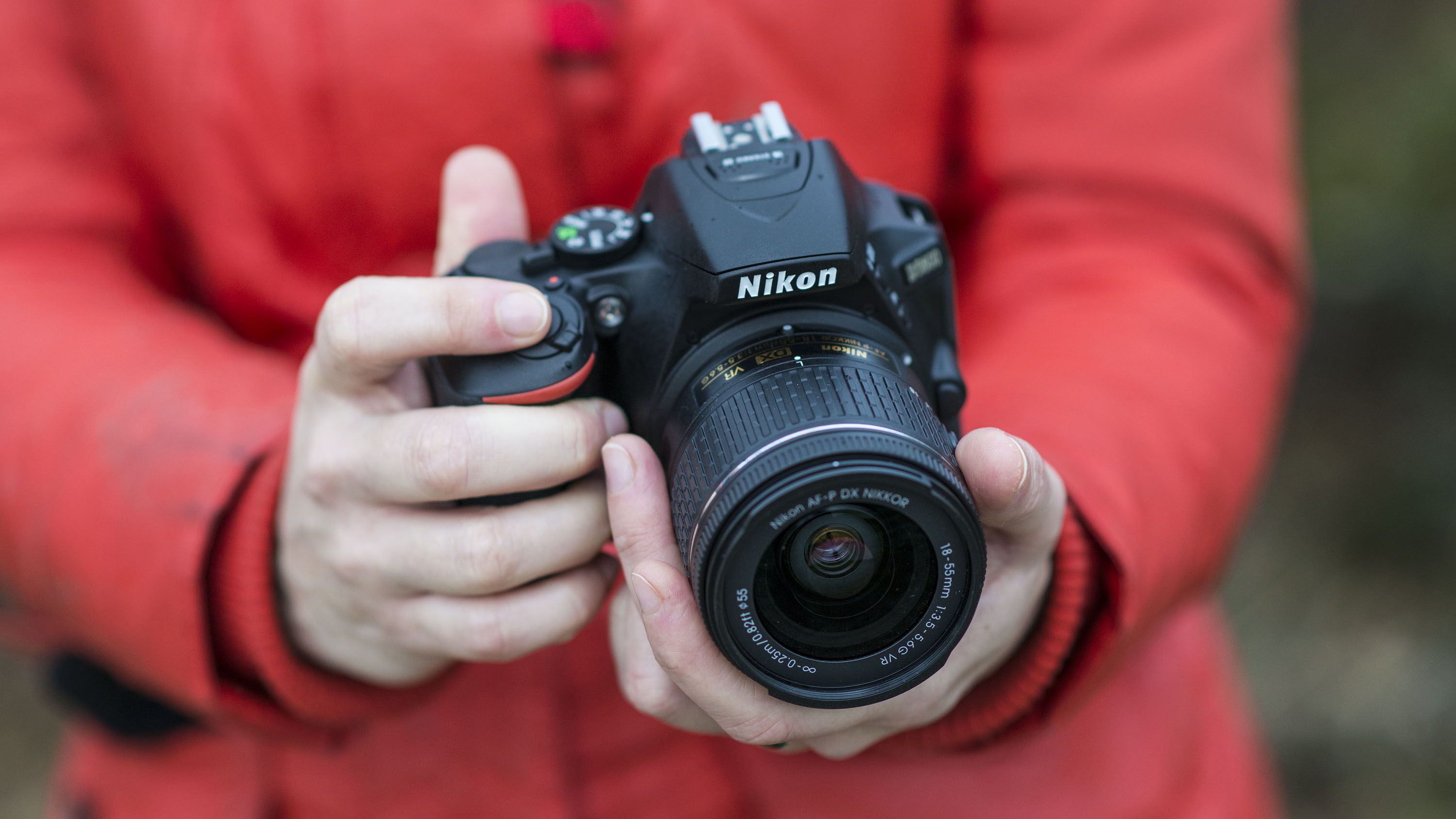
For a little more cash the Canon EOS Rebel T6i / 750D is also well worth a look. Although our review found that it didn’t quite match the D5500 for detail, we loved its handling and the way the touchscreen controls had been implemented, and felt it was overall a worthy upgrade on the EOS 700D.
Next up is the EOS Rebel T7i / EOS 800D. The direct successor to the T6i / 750D, it’ll set you back a bit more as it’s a newer camera, but it comes with a newer sensor (though the resolution remains the same at 24.2MP) that delivers better noise performance at higher ISOs and a great improved AF system. The EOS 77D is pretty much identical to the T7i / 800D as far as spec goes, but offers more body mounted controls – useful if you’re a slightly more experienced user.
That leaves the Nikon D5600, which features a 24.2MP sensor that produces very detailed images, along with an articulating touchscreen, decent 39-point AF system and polished handling. These all combine to make the D5600 one of the most well-rounded entry-level DSLRs available.
If you’re after something more advanced than each manufacturer’s most basic offerings, you’ll be looking towards models such as the Canon EOS 80D, Nikon D7200 and the new Nikon D7500.
Canon EOS 80D
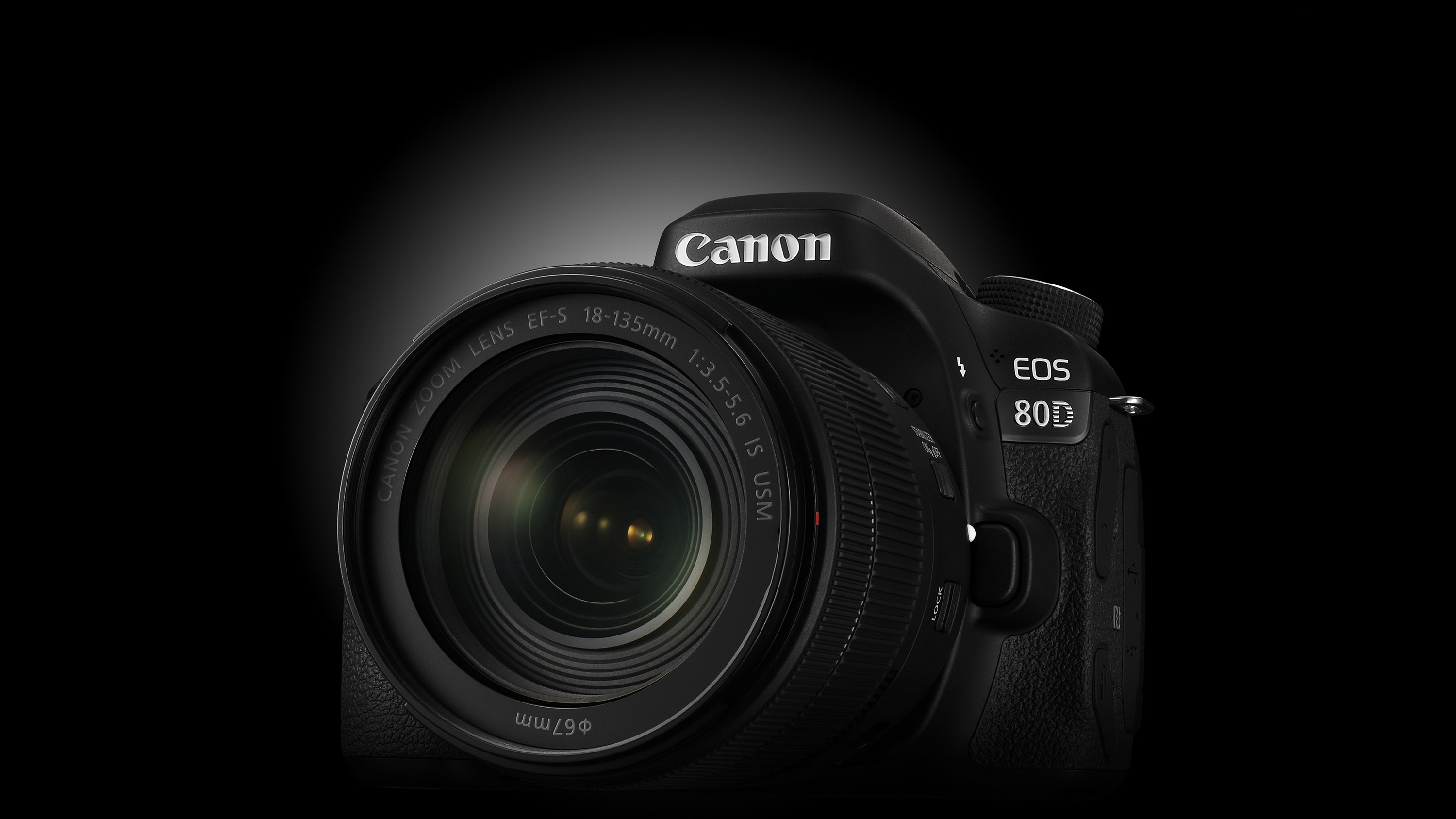
Nikon D7200
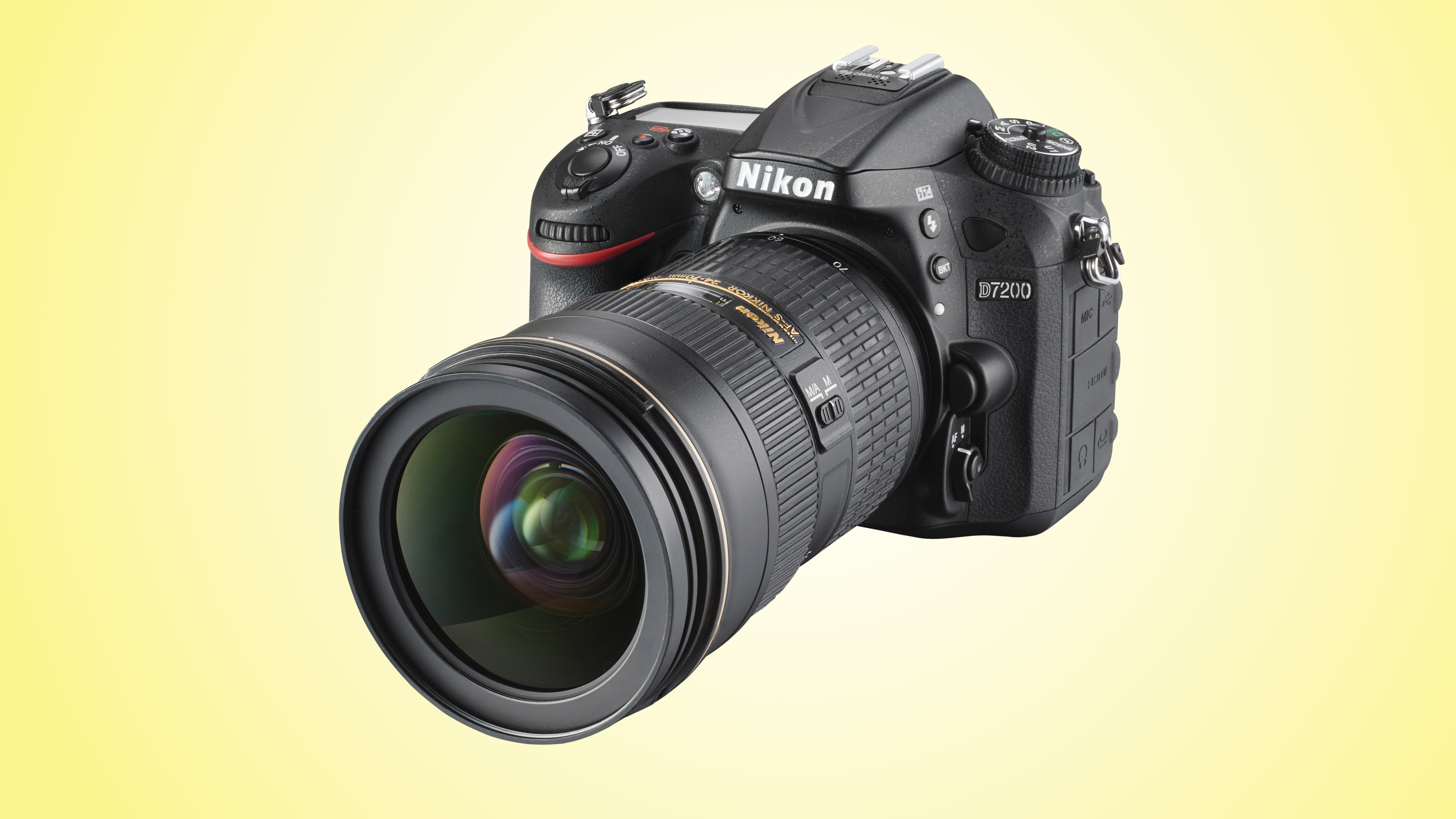
Nikon D7500
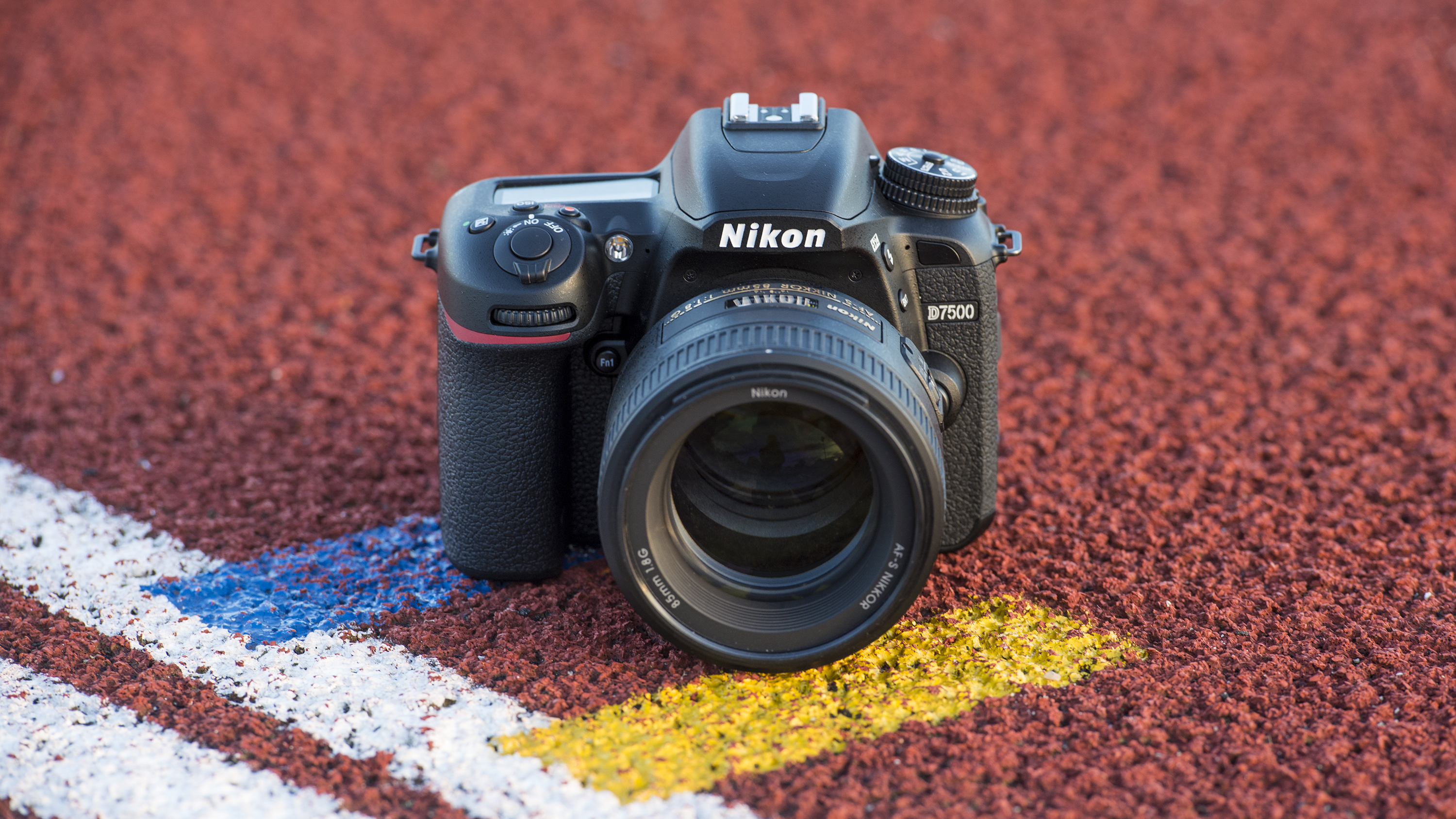
All four occupy a similar kind of price bracket but there are differences. Over the D7100, Nikon’s D7200 has many advantages, including a newer processor, built-in Wi-Fi, a broader sensitivity range, better battery life, a more generous buffer and a second-generation 51-point AF system that promises better low-light shooting.
The D7200’s sensor is a 24.2MP DX-format unit, instead of the 24.1MP one inside the D7100, but both lack an anti-aliasing filter for better detail retention.
We were perfectly pleased with images from the D7100 in our review, so if you’re not too fussed about having a stronger spec sheet the D7100 is a great buy. Then again, you do get a lot more with the D7200 for not a great deal more money.
Does the much newer Canon EOS 80D give either something to worry about? Well, with an articulating LCD that’s sensitive to touch, a Dual Pixel CMOS AF system that provides continuous focus in stills and movies and an all-cross-type 45-point AF system, the answer is a definite yes.
We found the EOS 80D’s focusing system worked brilliantly when we tested it, although it’s a comprehensive system whose control may overwhelm some. Nevertheless, with 7fps burst shooting also on board – which the D7200 can only manage at a crop setting – it’s very much recommended if you reckon you’ll be shooting both action and videos.
That leaves the new D7500. This latest addition to Nikon’s DSLR line-up represents the biggest revamp we’ve seen in the D7xxx series since the D7000 replaced the D90. The combination of Nikon’s 20.9MP sensor and EXPEED 5 image processing engine from the D500 (see below) in an even more compact and affordable body make it a very tempting proposition.
Pro-spec APS-C DSLRs
Two further models are nestled between these and the full-frame offerings from each manufacturer.
The Canon EOS 7D Mark II and more recently launched Nikon D500 each provide action photographers with a compelling proposition. While their sensors are more or less evenly matched at 20.2MP and 20.9MP respectively, the D500’s sensor lacks an anti-aliasing filter, which should help it to capture slightly better detail.
EOS 7D Mark II
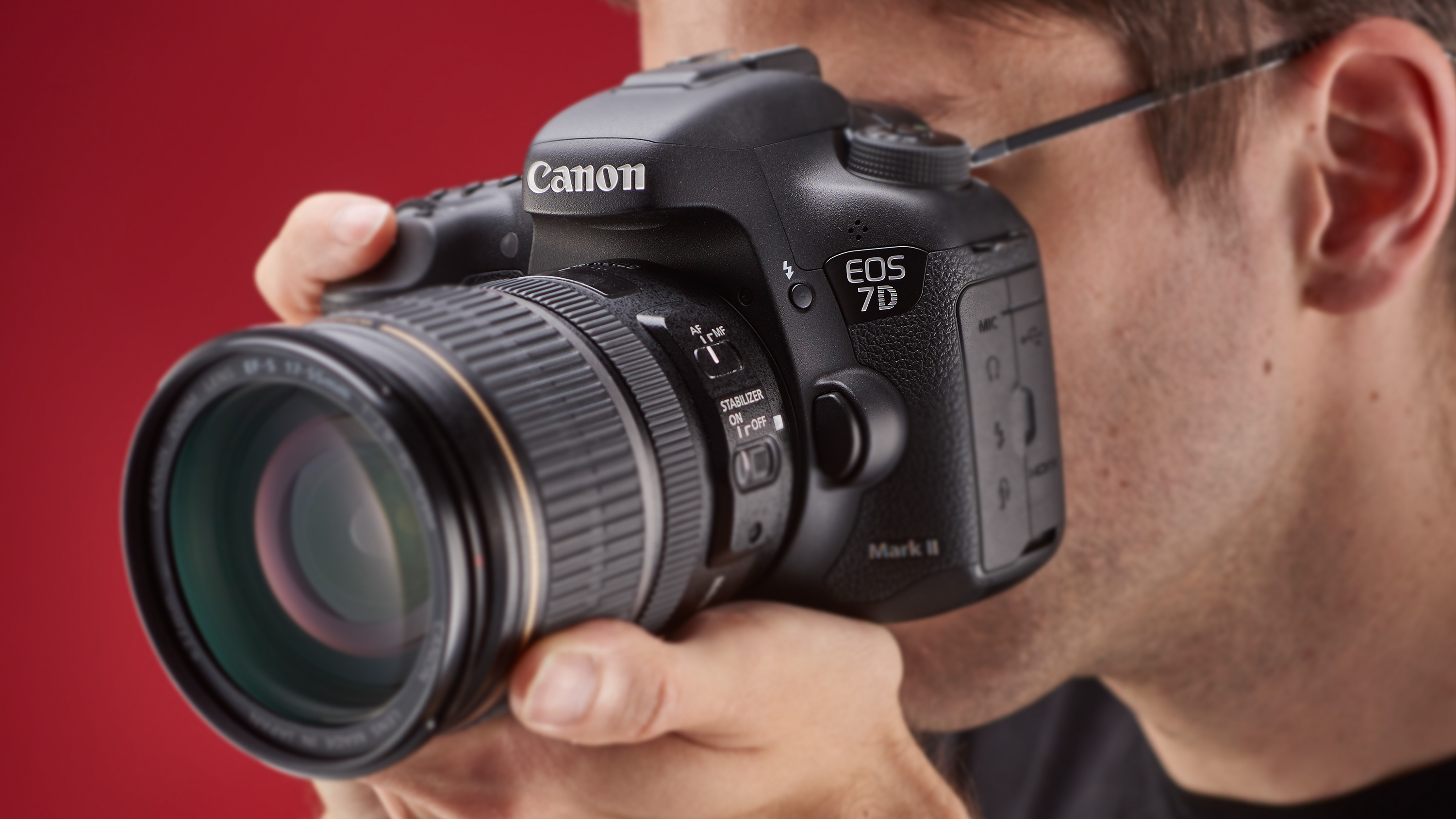
Nikon D500
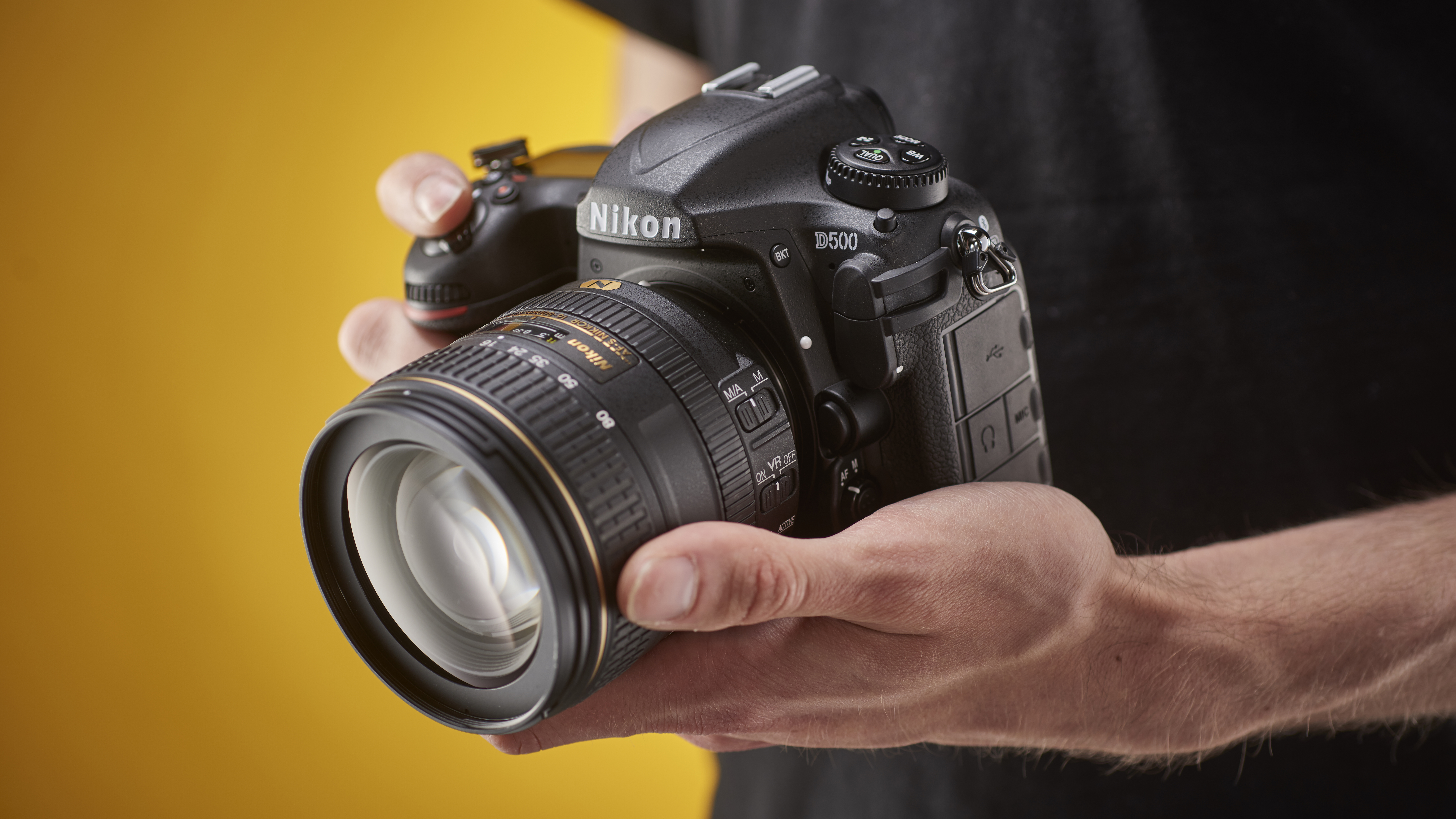
Up until the D500 was released, the EOS 7D Mark II’s 65-point all-cross-type AF system sounded impressive, but Nikon’s D500 has trounced this with a 153-point AF module with 99 cross-type points (although only 55 of these can be manually addressed by the user).
Both cameras can shoot at 10fps, but the D500 promises up to 200 Raw frames versus the 31 Raw frames from the Canon, although both can capture JPEGs indefinitely at this rate. Together with 4K video recording, a broader ISO range and a larger, higher-resolution, touch-sensitive screen that can be tilted relative to the camera, the D500 outguns its rival in many areas.
The fact that it only offers 20MP may put some off, and all of its advantages very much come at a steep price. If price is no issue than the D500 is very much on top, with its strong spec sheet and excellent performance meaning that it should remain relatively future-proof, but there’s no question that the EOS 7D Mark II is currently the better value deal.
Most people looking at a DSLR at this level are after a one that’s furnished with a full-frame sensor, and both manufacturers provide a range of solutions.
These are roughly spread across two price levels. At the lower end there’s the Canon EOS 6D Mark II, Nikon D610 and Nikon D750.
Canon EOS 6D Mark II
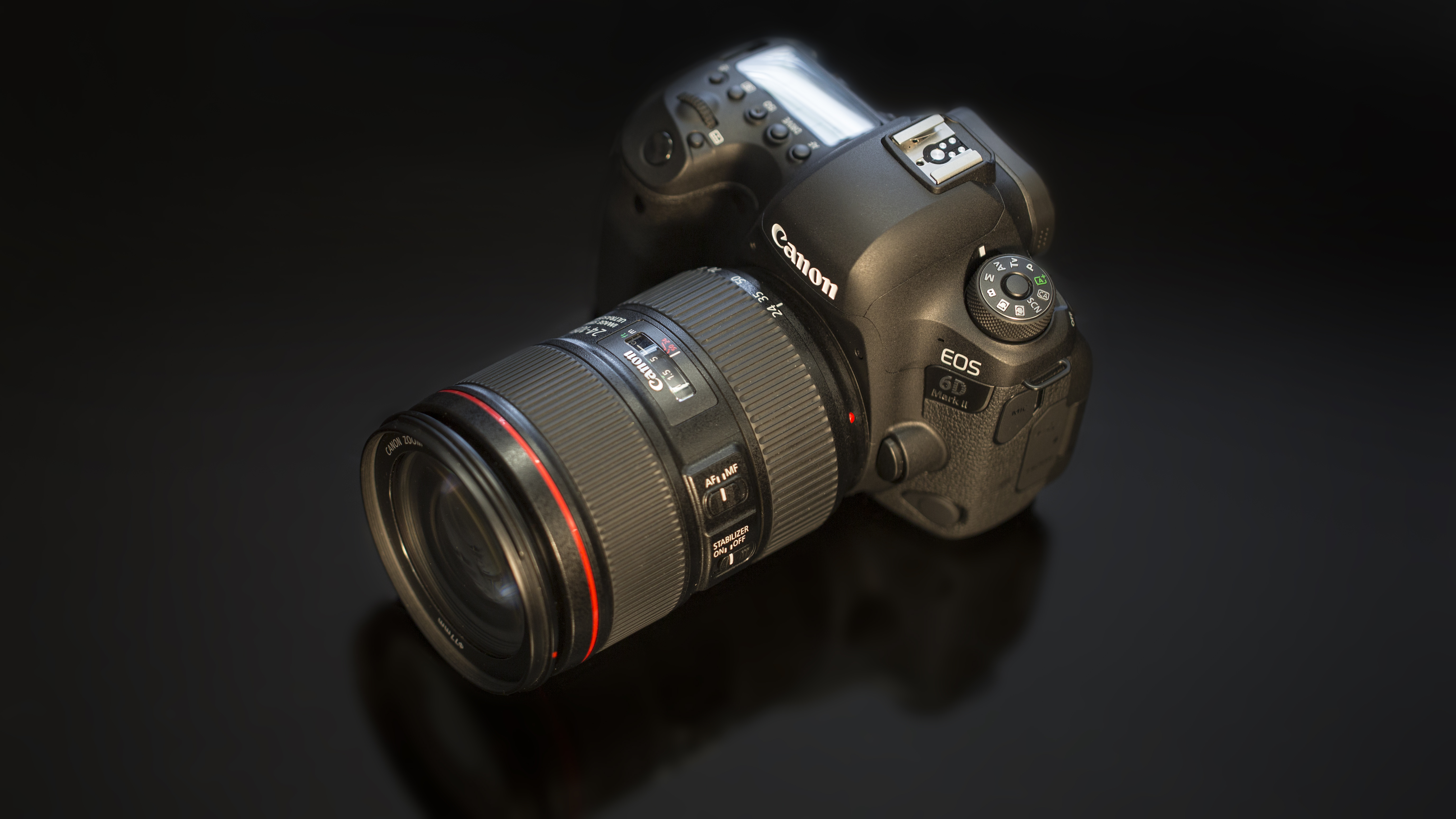
Nikon D610
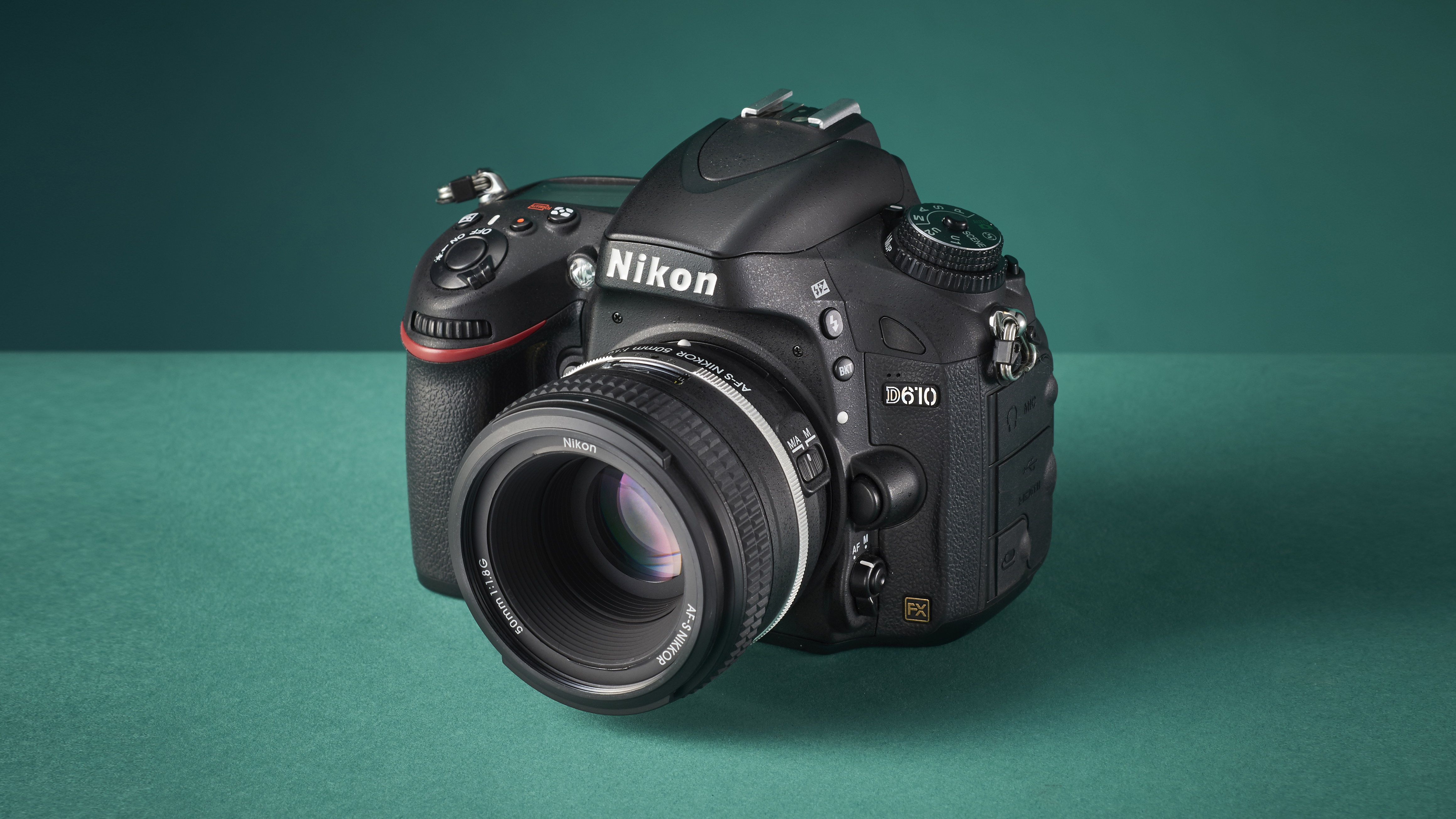
Nikon D750

The EOS 6D Mark II is the newest out of the three options and pips its two Nikon rivals in the resolution stacks, with a 26.2MP full-frame sensor, compared to 24.3MP resolutions found in both the D610 and D750. That’s not the whole story though as we found that the dynamic range performance of the Nikon’s was that bit better.
The EOS 6D Mark II’s 45-point AF system is a little too weighted to the centre of the frame for our liking, but the vari-angle touchscreen with Canon’s brilliant Dual Pixel CMOS AF system makes up for it.
The D610 by contrast is getting on a bit, but that does make it the cheapest full-frame camera here. It’s still well-spec’d too, with a solid 39-point AF system with 11 cross-type points, which is great for all-round use.
So what about the D750? Like the D610, it might be showing it’s age a little, but this is still a very well-rounded enthusiast full-frame DSLR. You get a tilting LCD screen with a decent resolution (no touchscreen control though), a refined 51-point AF system with 15 cross-type points, while image quality is also measurably better than the D610’s. In fact, we didn’t have too many gripes with it when we came to review it. Particularly if low-light shooting or video is key, the D750 is our pick of the bunch.
High-end options
Canon and Nikon each have a number of options at the £2000/$2500+ end of the full-frame scale, but the main four are the Canon EOS 5D Mark IV, Canon EOS 5DS (and its EOS 5DS R sibling), Nikon D810 and Nikon D850.
Canon EOS 5D Mark IV
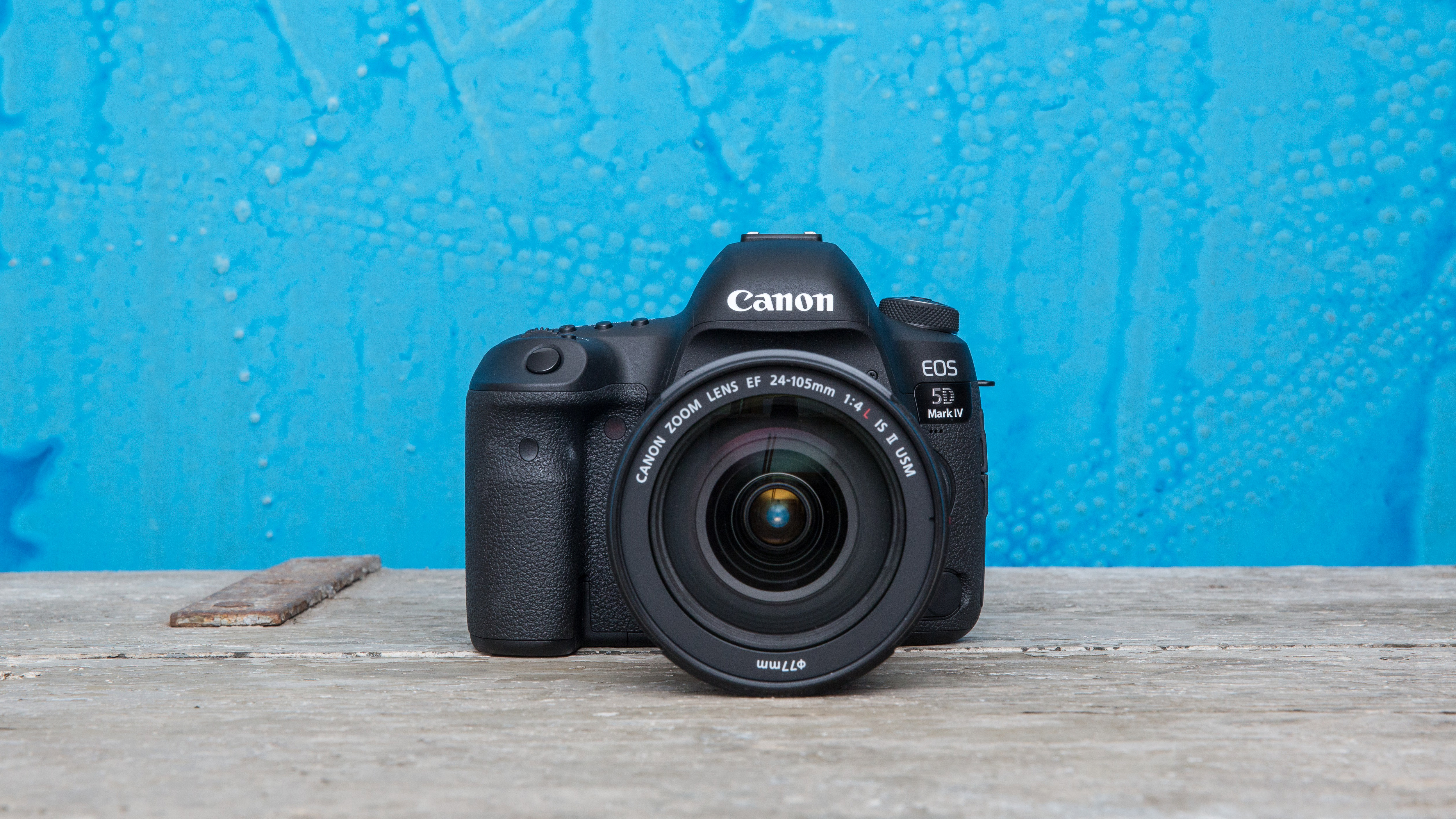
Canon EOS 5DS
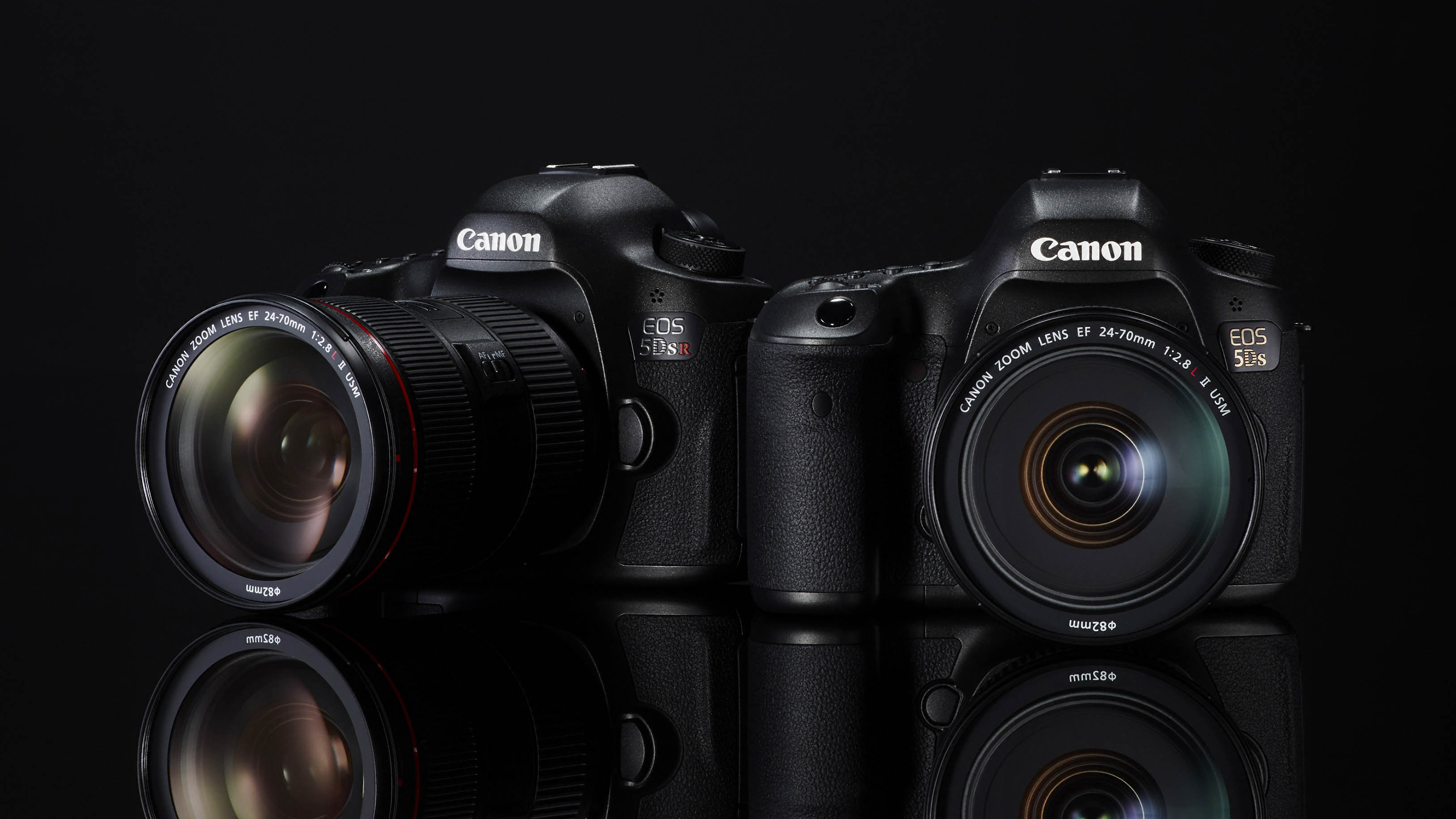
Nikon D810
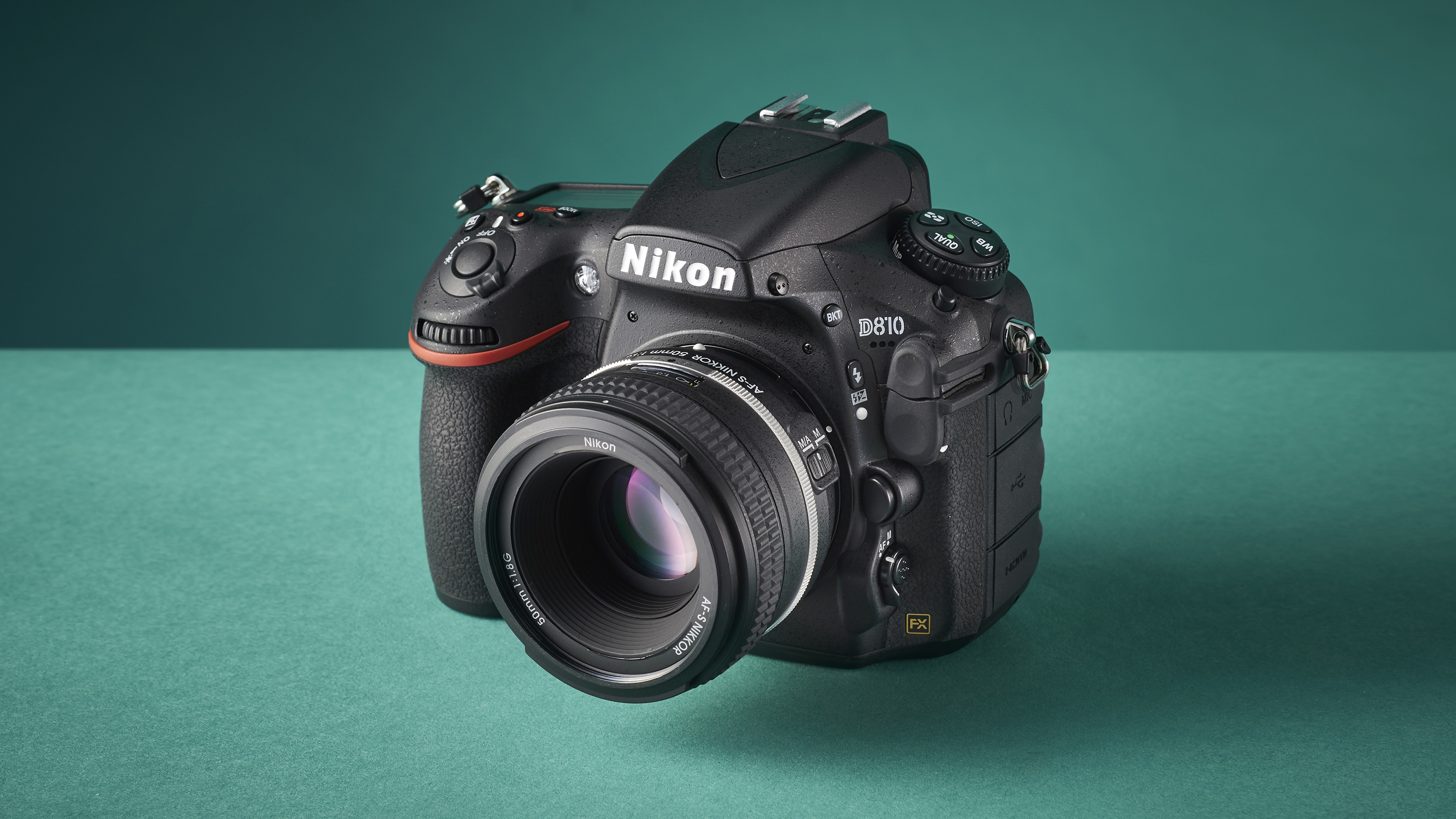
Nikon D850
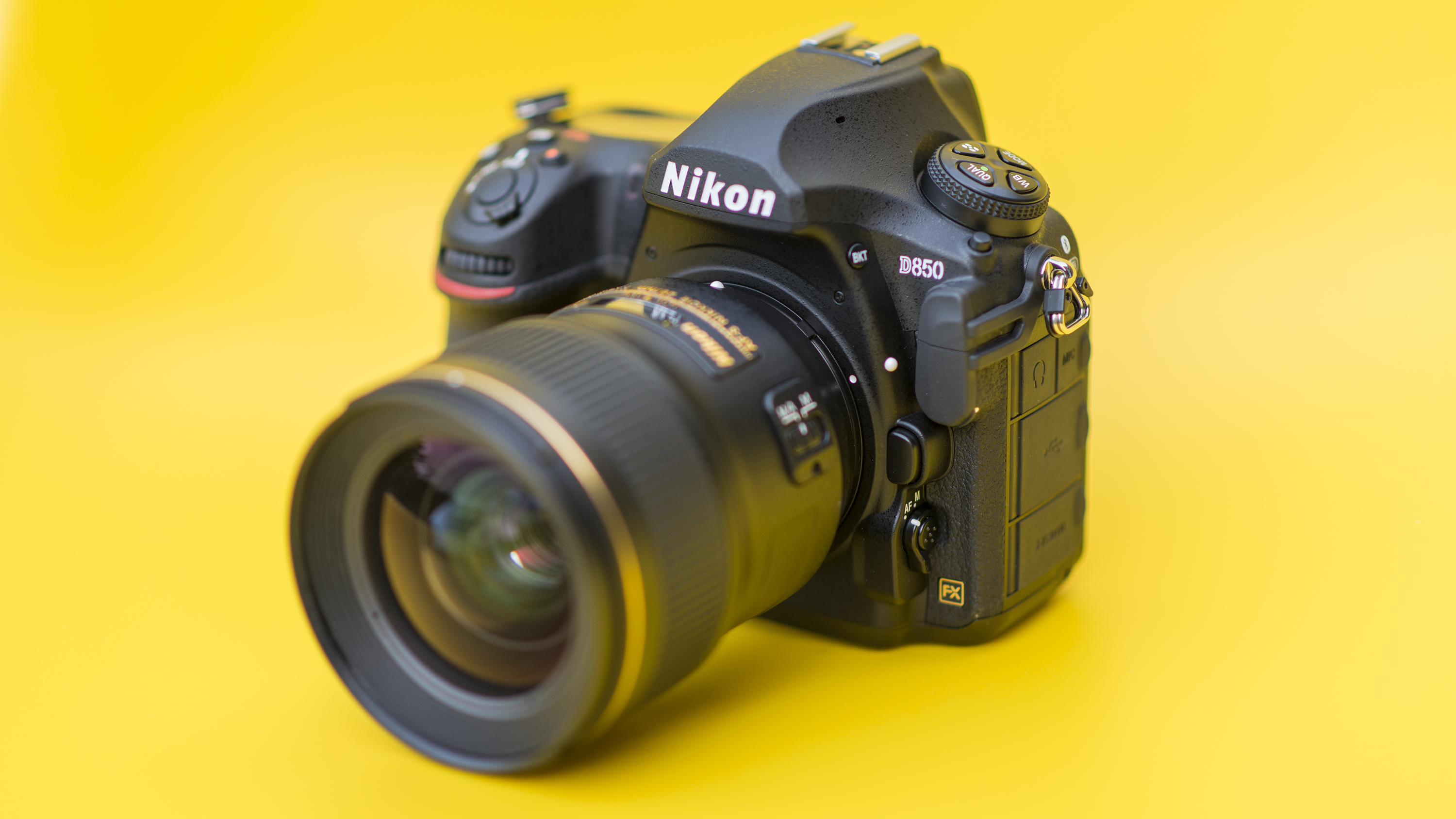
Let’s start with the 50MP EOS 5DS – this has held the crown for the high resolution DSLR for a while now, but all those pixels means it’s not incredibly versatile – it’s great for landscape photographers and those that work in a studio, but a little restrictive elsewhere.
The 30.4MP EOS 5D Mark IV still packs in a decent amount of pixels, and is a much more versatile proposition, with a great 61-point AF system, excellent handling and a decent 7fps burst shooting.
The EOS 5D Mark IV was until recently, our pick of the best DSLRs out there, but the arrival of Nikon’s 45.4MP D850 has eclipsed it. In a nutshell, this is high resolution camera that packs in a high performance. The sensor delivers excellent results, while the 153-point AF system and 7fps burst shooting mean it’s at home shooting pretty much any subject. The best DSLR you can buy right now.
That just leaves the 36.3MP D810 – it might have been replaced by the D850, but it’s still a great DSLR and you should be able to hunt it down at a great price now as well.
This article was also published on this Site.
The post Canon vs Nikon: which DSLR should you buy? appeared first on OMNI POP MAG.
from WordPress http://www.omnipopmag.com/technology/canon-vs-nikon-which-dslr-should-you-buy
via IFTTT Visit www.OMNIPOPMAG.com/Main To See How You Can Make Money Online Today and See Our Exclusive Offers!
No comments:
Post a Comment